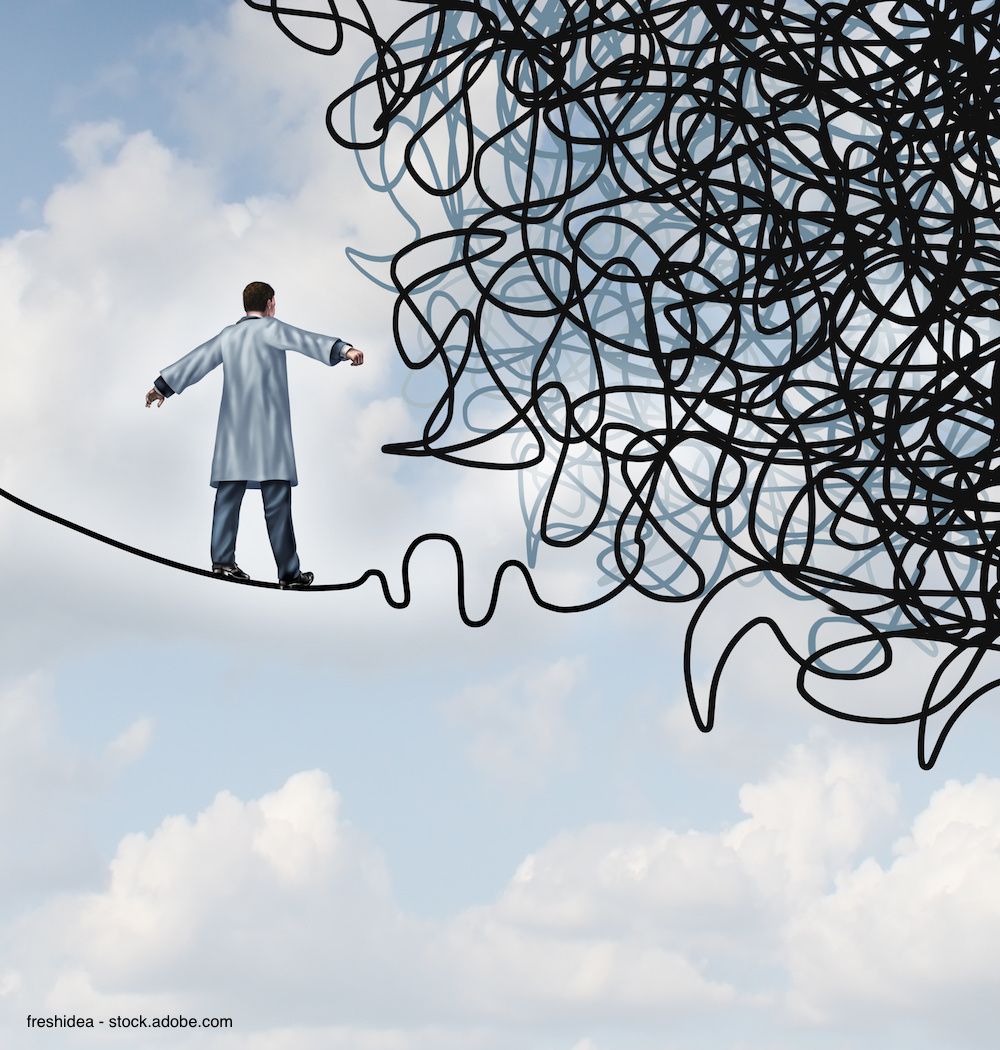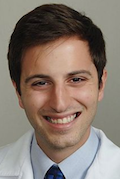Article
Addressing resident burnout starts with program’s culture
Author(s):
"I was overcome by the sinking notion that my career ambitions were regressing from thriving to surviving-a sentiment I know isn’t unique to my training. What may be unique, however, is how my program responded to increasingly evident signs of resident burnout," says James Anaissie, MD.
freshidea - stock.adobe.com


Urology Times blogs present opinions, advice, and news from urologists and other urology professionals. Opinions expressed by bloggers are their own, and do not necessarily reflect the views of Urology Times or its parent company, MJH Life Sciences. Dr. Anaissie is a urology resident at Baylor College of Medicine, Houston.
I will always remember the straw that broke the burned-out resident’s back. I’m awakened at 3 a.m. to the sound of my bedside pager, only to be confronted by a nurse who is threatening to remove my patient’s Foley catheter and report me if I don’t oblige to her non-urgent requests for EMR fine-tuning.
Defeated, I felt like the least valued member of a system I tirelessly contribute to. I was overcome by the sinking notion that my career ambitions were regressing from thriving to surviving-a sentiment I know isn’t unique to my training. What may be unique, however, is how my program responded to increasingly evident signs of resident burnout.
Also see - Work-life balance: You can do anything you want, but not everything
Burnout is formally described as worsening emotional exhaustion, depersonalization, and reduced sense of personal accomplishment, and is notorious for its ties to physician distress, depression, and all too often, suicide. It’s now an epidemic, affecting over half of all practicing physicians. Indeed, one of every 16 surgeons in the U.S. reports suicidal ideation within the past 12 months (Arch Surg 2011; 146:54-62). Worse yet, urology often ranks as one of America’s most burned-out specialties and has notably worsened by over 20% over a 3-year period (Mayo Clin Proc 2015; 90:1600-13; JAMA 2018; 320:1114-30; Urology 2019; 131:27-35).
Sadly, this burnout has its greatest impact on residents (Urology 2019; 131:27-35). A theory rarely openly discussed-but often whispered by residents behind closed doors-is that a program’s “culture” is heavily impacting their quality of life. Do you feel your attending, institution, and ancillary staff actually care about your well-being? When a nurse threatens you in the middle of the night, does anyone have your back?
Next:"The problem is clear, but the solution is not"The problem is clear, but the solution is not. Although literature has demonstrated that some resident-level changes, such as accessing mental health professionals and reading for leisure, can reduce resident burnout, I’m sure I speak for most residents when I say that telling us to “sleep more” and “eat better” is not a satisfying (or realistic) answer to a very complicated problem. Although lifestyle modifications are important, burnout is unlikely to be fixed solely at the individual level.
Read - Moral Injury: A better model for understanding burnout
The good news is that taking a program-level approach to addressing resident burnout and perceptions of culture may provide the spark needed for meaningful change. Our institution’s urology residency program recently introduced a multi-pronged “Resident Wellness Curriculum” focused on creating a synergistic program culture between residents and their mentors. Personally, it feels like our leadership sensed my burnout and actually cared. I wasn’t working any less, but suddenly it felt like that work was recognized and appreciated. Instead of feeling like a nuisance, we felt like a family. Two years after introduction of the Wellness Curriculum, our residents’ burnout scores improved by 50% on one survey, and almost 30% on another.
I was ultimately able to overcome my slump, but too many of my colleagues across the country are still waiting for that moment, anxious that it may never come. Improving a program’s culture is a worthy battle, but it’s only a small victory in the war against physician burnout. There is a desperate need for further improvement, and I encourage any medical student, resident, or attending physician to join the fight to ensure a better future for ourselves, our colleagues, and ultimately, our patients.
Comments? Email them to urology_times@mmhgroup.com





